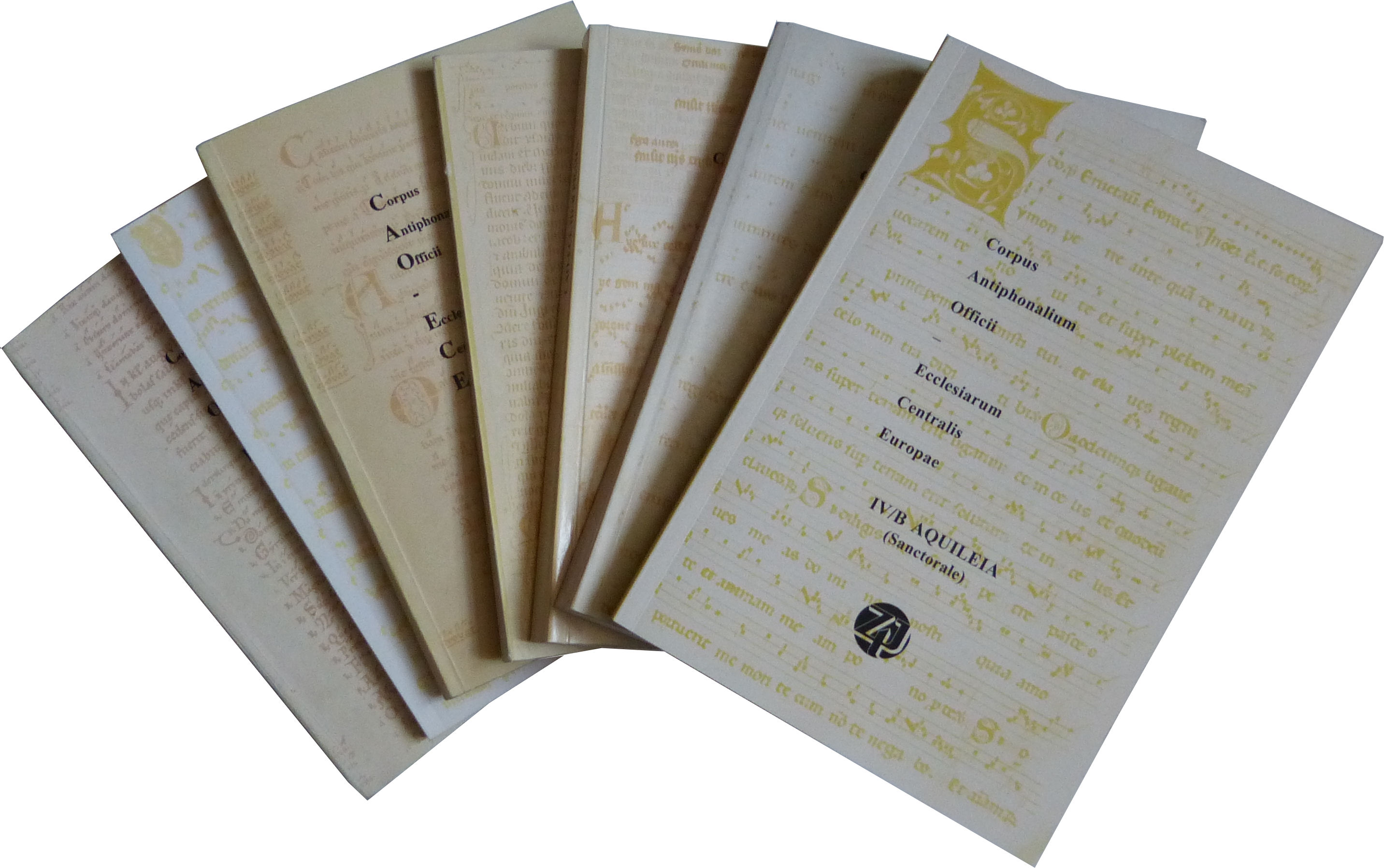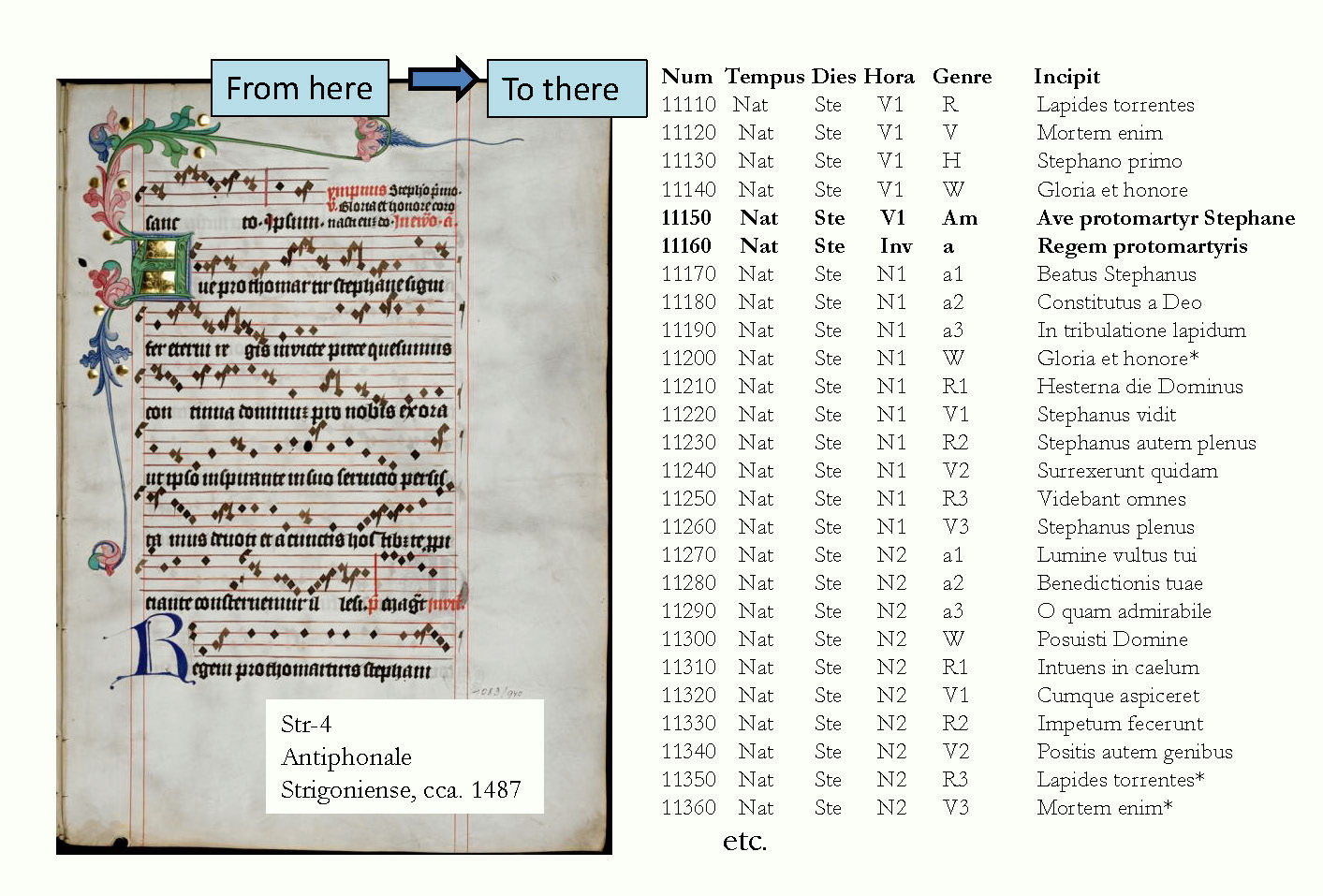Further details
The CAO‒ECE research project instigated by László Dobszay at the Institute of Musicology of the Hungarian Academy of Sciences, with its associated working group, set about a monumental task in 1988. It aimed both to document, study and assess the musical items found in the sources of the Office liturgy from medieval Hungary, and to study and reconstruct the Office rites from the whole of Central Europe, taking into account every musical items of every surviving sources of a given Office tradition. The project, which met with a strong response from abroad, was the first effort to capture the relation system of medieval liturgical traditions through the Office liturgy in an entire European region, and within the medieval rites, the relations among source groups and individual sources. So far there have appeared 13 volumes in Latin and English covering reconstruction for the medieval Office liturgies of church centres at Salzburg, Bamberg, Prague, Aquileia, Esztergom, Kalocsa/Zagreb, and Transylvania/Nagyvárad. The corpus of the volumes consists of the full repertory of the temporale and sanctorale sections of each tradition in two-step system: the “ideal” form of this in tables, with notes and comments on the differences and individualities of sources included. The introductory studies, having summarized the principles of the CAO‒ECE programme, discuss the rite (and its sub-traditions) and sources included, in the context of broader ecclesiastical history.
Although the CAO‒ECE was based on utilizing the capacity of computers, it long continued to be published in book form. In 2001, Gábor Kiss devised the first online version, and in more recent years (taking advantage of Hungarian-administered funding sources and opportunities: OTKA, NKFIH) took the first steps towards making the CAO‒ECE compatible with international Gregorian databases serving similar aims, so presenting it before researchers internationally. With today’s Internet form, the CAO‒ECE, similarly to the Gradualia database covering the sources for the Mass, fits in with the system of the Hungarian Chant Database introduced in 2015, which in turn links with the Cantusindex, the great international database network of the plainchant repertory of medieval Europe.








